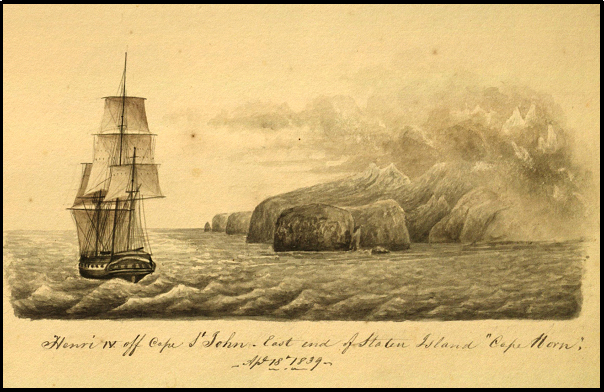Preserving the past and ensuring a bright future.
The Collections Research Center (CRC) is the nation’s leading maritime research facility. Located across the street from Mystic Seaport, the former J. Rossie Velvet Company houses the Museum’s collections and offers safe and easy access to maritime researchers and scholars. Artifacts at the CRC include more than two million examples of maritime art, artifacts, tools, buildings, imprints and other documents, photographs, 1,000 ships registers, 600 audiotaped oral history interviews, 200 videotaped interviews, and 1.5 million feet of historic and contemporary maritime-related footage. The CRC opened in the fall of 2002 and was designed to exceed national museum standards for conservation, preservation, accessibility, and safety. The research center provides cutting-edge temperature and humidity control for the Museum’s artifacts and also boasts audio/video production suites and extensive photo processing and digitizing labs.
